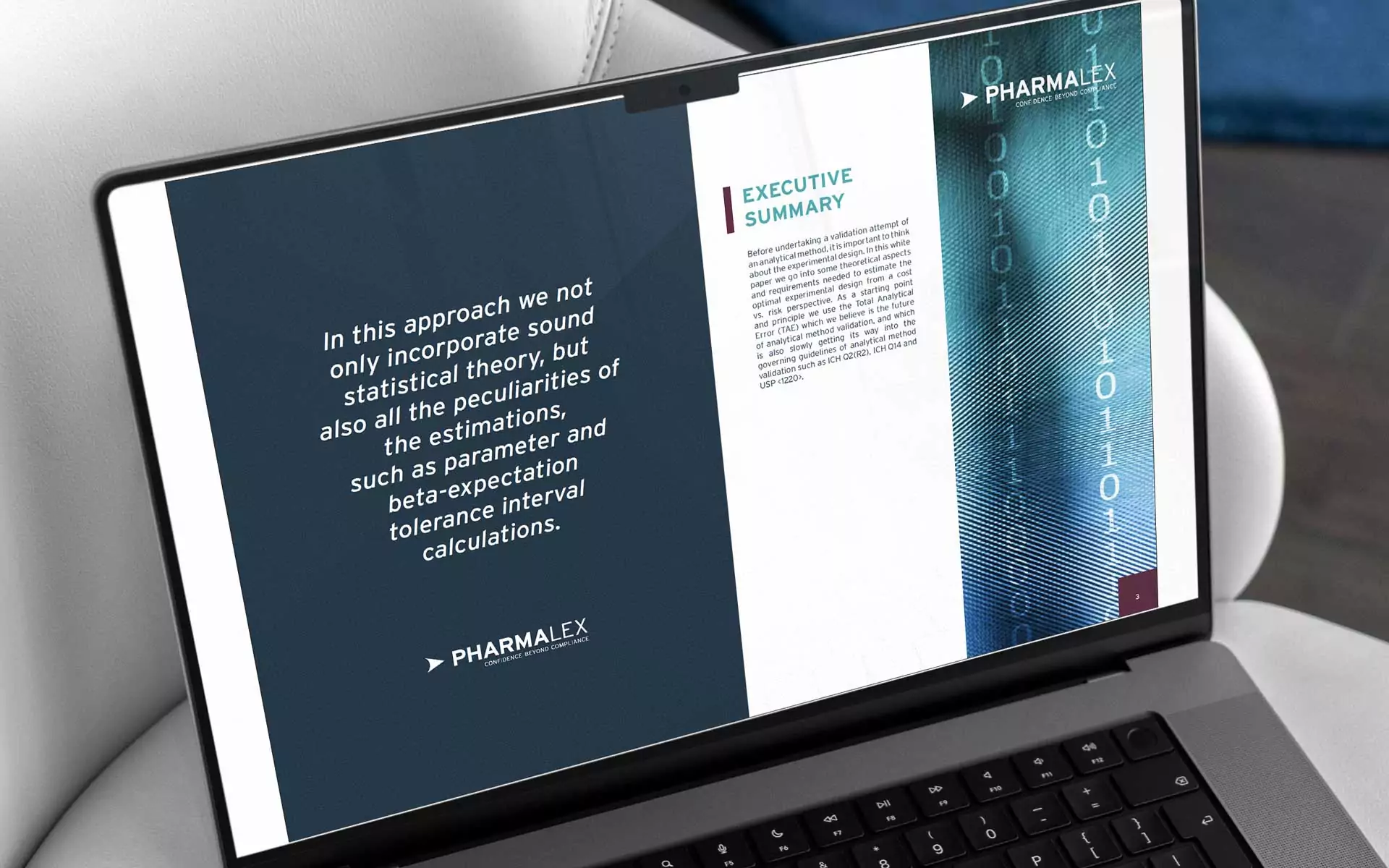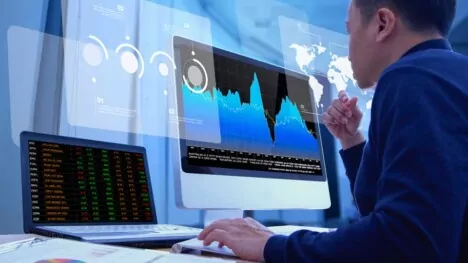When biopharmaceutical companies outside the European Union look to bring their products to that major market, they confront a very different regulatory framework. Typically, they are accustomed to working with one regulatory agency, such as the Food and Drug Administration (FDA) or Pharmaceuticals and Medical Devices Agency (PMDA), and often assume the EU will be similarly straightforward. What they often don’t understand is the complex nature of safety reporting within the European market.
While their product might receive centralized marketing approval from the European Medicines Agency (EMA), local safety requirements can vary across the 30 countries of the EU and European Economic Area (EEA), since each country has its own regulatory agency1:
EU law therefore requires each marketing authorisation holder, national competent authority and EMA to operate a pharmacovigilance system. The overall EU pharmacovigilance system operates through cooperation between the EU Member States, EMA and the European Commission. In some Member States, regional centres are in place under the coordination of the national competent authority.
Commercial success in this important market thus requires a cautious appreciation and respect for such complexity.
Different pathways for launching a product
Depending on the type of product, companies may roll-out a European launch by seeking market authorization from a range of options2:
- Centralized Procedure (CP) provides one marketing authorization for all EU and EEA countries.
- Mutual Recognition (MRP) or Decentralized Procedure (DCP) provides evaluation and authorization from one Reference Member State, after which individual approvals can be sought from Concerned Member States. This option selects which, and how many, countries are involved.
- National Procedure (NP) is the oldest option and entails individual applications, evaluations, and marketing authorizations for each country.
Once marketing authorization is granted, companies must put pharmacovigilance (PV) activities in place, and this is where it becomes more complex1.
Adhering to PV requirements
Specific legislative requirements on pharmacovigilance (PV) are addressed in the legislation that came into effect in 20123 and in EU Good Pharmacovigilance Practices (GVP) measures4. The GVP requirements apply to marketing authorization holders (MAHs), national competent authorities (NCAs) and the EMA.
However, each member state can implement these requirements differently at the local level. Furthermore, 17 countries in the EU require companies to have local pharmacovigilance presence after marketing authorization has been granted – regardless of whether the product is marketed in that country or not5.
Companies accustomed to working within just the United States, for example, with its single set of federal laws that apply to safety reporting requirements6, can be surprised at this complexity and localized requirements. Unless companies have extensive experience with these requirements and have qualified, local pharmacovigilance professionals (more on that later in this blog) available in the required countries, we strongly recommend planning well in advance so as not to delay market approval.
The EU also mandates that Marketing Authorization Holders have a pharmacovigilance system in place (with “system” in this context meaning a defined set of components rather than a software system), and to provide a summary in the marketing application7:
Applicants for marketing authorisation are required to provide a summary of their pharmacovigilance system, in accordance with Article 8(3)(ia) of Directive 2001/83/EC, which they will introduce once the authorisation is granted.
The requirement for the summary of the pharmacovigilance system was introduced by the new pharmacovigilance legislation (Directive 2010/84/EU amending, as regards pharmacovigilance, Directive 2001/83/EC).
The summary of the pharmacovigilance system should be provided in Module 1.8.1 of the application for marketing authorisation and includes the following elements:
- proof that the applicant has at his disposal a qualified person responsible for pharmacovigilance,
- the Member States in which the qualified person resides and carries out his/her tasks,
- the contact details of the qualified person,
- a statement signed by the applicant to the effect that the applicant has the necessary means to fulfil the tasks and responsibilities listed in Title IX of Directive 2001/83/EC,
- a reference to the location where the pharmacovigilance system master file (PSMF) for the medicinal product is kept.
The pharmacovigilance system must include an EU or European Economic Area Qualified Person for Pharmacovigilance, known as the EU-QPPV; a Pharmacovigilance System Master File (PSMF); a risk management plan and a basic PV quality system. A PV can be covered by the global safety department of the MAH, or it can be delegated to service providers.
After marketing authorization has been granted, and, depending on the type of application, the full PV activities need to be implemented at the global level and additionally at the local level, in the individual countries. For example, for a Centralized Procedure, during the application phase, minimum global PV activities should be implemented. After marketing authorization has been granted the full scope of global PV needs to be in place.
In the EU, regulatory compliance for safety reporting is examined via inspection schemes. Non-compliance or non-fulfillment of PV obligations can result in rejection of application, suspension or withdrawal of the marketing authorization, and financial fines of up to 6% of the MAH’s overall revenues8.
Role of the QPPV
The QPPV is the owner of, and therefore accountable and personally liable for, the PV system at the EU level. This person is responsible for ensuring that the marketing authorization holder has a functional and compliant PV system. The QPPV must have an overview of all PV activities, processes, and safety profiles of each product and always be available to the competent authorities.
A Local/National Contact Person is not mandatory in every EU Member State, since some countries accept PV responsibilities being covered by another Member State. But, where it is mandatory, that national contact person has responsibility for PV activities in that country and acts as contact point, again, always being available to NCAs5.
The US role most closely aligned to that of the QPPV is a head of safety or regulatory, a role assigned to the sponsor rather than an individual.
Strategies for market entry
Companies looking to enter the EU market are advised to identify and embed the additional time and costs of safety compliance into budgets and marketing strategies. Robust communication between the regulatory and commercial arms of any company is key to successfully navigating pathways for marketing authorization.
Some companies may wish to adopt a staged approach to entering the EU, starting with a few countries at a time. Such companies may also wish to use the MRP or DCP pathway to avoid approval in countries where the products are not being sold, thereby avoiding the accrual of costs for mandatory regulatory compliance in a country that is not generating sales revenue.
Options for meeting challenges
For smaller enterprises or companies without global PV departments or a local PV presence in each country, the easiest and most strategic solution is to outsource PV activities. For small companies in particular, the types of systems and tools needed to fulfill all PV obligations are usually too expensive to build or acquire in-house.
Partnerships with local vendors of PV systems bring on-the-ground regulatory affairs expertise and may significantly reduce costs and improve efficiencies by making accessible:
- breadth and depth of strategic and operational PV expertise
- synergies from using systems and tools with different customers
- local expertise in the written and spoken language
- familiarity of the local requirements,
- engagement with regulators
- pre-existing relationships with other relevant authorities
Depending on how companies and their business models develop within the EU market, they may choose, fully or partially, to establish their own in-house system for PV at a later stage.
Staying ahead of an evolving landscape
Companies based outside of the EU and seeking to take a product to market in the EU are advised to identify strategies that successfully account for the additional complexities of national and European compliance to drug safety reporting. Irrespective of whether the PV system is outsourced or in-house, the ultimate responsibility for compliance remains with the MAH.
Companies will need proper surveillance and an acute awareness of the evolving safety landscape to stay compliant with changing regulations. External experts can help US companies to identify local requirements and devise comprehensive marketing strategies that can account for market differences.
About the authors:
Monica Buchberger leads Pharmacovigilance System Outsourcing at PharmaLex. She is a pharmacist by training and has more than 25 years of experience in the pharmaceutical industry, out of which over 20 years is in European and global pharmacovigilance.
Stephen Sun, M.D., heads up the US pharmacovigilance team for global PharmaLex and is also the service area head for benefit-risk management. He has been in a few small to mid-size pharmaceutical companies, worked at the US FDA, and has now been on the vendor side for over 8 years. Stephen is a physician by training.
1 Pharmacovigilance: overview, EMA. https://www.ema.europa.eu/en/human-regulatory-overview/pharmacovigilance-overview
2 Medicines Approval System, HMA. https://www.hma.eu/about-hma/medicines-approval-system.html
3 Legal framework: Pharmacovigilance, EMA. https://www.ema.europa.eu/en/human-regulatory-overview/pharmacovigilance-overview/legal-framework-pharmacovigilance
4 Good pharmacovigilance practices, EMA. https://www.ema.europa.eu/en/human-regulatory-overview/post-authorisation/pharmacovigilance-post-authorisation/good-pharmacovigilance-practices
5 Information on the Member States requirement for the nomination of a pharmacovigilance (PhV) contact person at national level, EMA. https://www.ema.europa.eu/en/documents/other/information-member-states-requirement-nomination-pharmacovigilance-phv-contact-person-national-level_en.pdf
6 Good Pharmacovigilance Practices and Pharmacoepidemiologic Assessment, FDA. https://www.fda.gov/regulatory-information/search-fda-guidance-documents/good-pharmacovigilance-practices-and-pharmacoepidemiologic-assessment
7 European Medicines Agency post-authorisation procedural advice for users of the centralised procedure. https://www.ema.europa.eu/en/documents/regulatory-procedural-guideline/european-medicines-agency-post-authorisation-procedural-advice-users-centralised-procedure_en.pdf
8 Regulation (EU) 2019/5 of the European Parliament and of the Council. https://eur-lex.europa.eu/eli/reg/2019/5/oj








